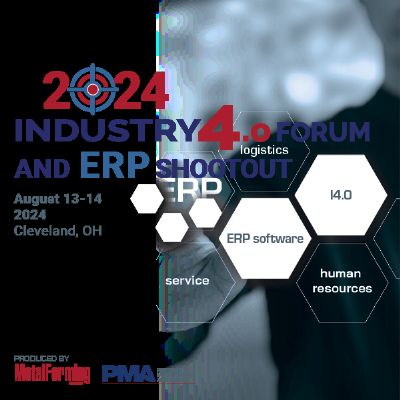The Sensor Naysayers
June 1, 2008Comments
The shop-floor-sensor naysayers—you know them well. They are found in all aspects of a metalforming company from the pressroom to the toolroom, to the maintenance shop to the assembly area, to shipping and receiving. They are perpetually steeped in the glass-is-half-full mentality. “Yes, but,” is their usual opening when confronted with a new idea. This may be followed with, “We als did it this ,” “Who needs to make this more complicated,” “I do not have the time to learn,” and my favorite, “If God had intended dies to have…”
The Toolroom Negotiator—This naysayer can be one of the most impassive, impervious and unmovable personalities when electronic sensors are initially and professionally introduced into tooling. Having decades of experience shaping and installing grounding wires, banding and plungers for misfeed and part-out detection, this naysayer can come up with a seemingly inexhaustible set of reasons why mechanical die protection is far superior to any “fancy-schmancy” electronic sensors. This naysayer probably would have resisted the changeover from hand-cranked automobile engines in the early 20th century to electric starter motors.
The Maintenance Challenger—“Regular counterbalance adjustments or their verifications with every change-over of dies…we never have performed them as long as I have been here. The same for ram-parallelism checks and tonnage verifications. Critical brake-angle checks? Oh yeah, when the light curtains were first installed we had this done, but not since. Once-a-year checks should be plenty.” Never mind that last night someone (and it amazes me as to how nobody seems to know who this mysterious someone is) left a wrench in the die, cycled the press and told no one about it. Just what do you think was the effect on the linkages and the ram? How about the tonnage distribution? Just how would anyone, much less the setters, know that there is a major reconfiguration of the press characteristics if the maintenance group doesn’t perform regular press checkups?







 Event
Event
